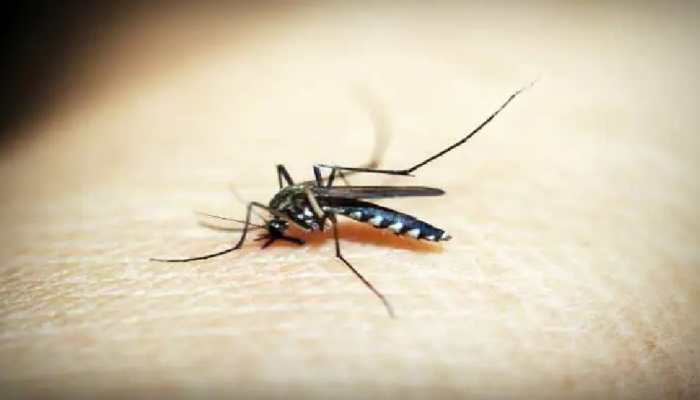Monsoon Infections: 6 Common Health Diseases During Rainy Days - Expert Explains
Dr Mukesh Mehra, Director - Internal Medicine, Internal Medicine, Max Super Speciality Hospital, Patparganj shares six common infections/diseases during the monsoon, along with their causes and preventive measures.
- Monsoon season brings in a host of infectious diseases
- There is an increased risk of various infections and diseases due to the humid and wet environment
- Expert shares six common infections/diseases during the monsoon
Trending Photos
) Image for representation
Image for representation As the clouds gather and raindrops fall, announcing the arrival of the monsoon season, a host of infectious diseases make their presence known, posing significant health challenges to communities worldwide. With its favorable conditions for the proliferation of pathogens and the spread of infections, the monsoon season demands heightened awareness and proactive measures to safeguard public health.
During the monsoon season, there is an increased risk of various infections and diseases due to the humid and wet environment that promotes the growth of microorganisms. The monsoon season poses several health risks due to increased moisture and the proliferation of infectious agents.
It is essential to follow preventive measures like maintaining personal hygiene, eliminating stagnant water, using mosquito repellents, and practicing food safety to minimize the risk of infections and diseases during this time.
Dr Mukesh Mehra, Director - Internal Medicine, Internal Medicine, Max Super Speciality Hospital, Patparganj shares six common infections/diseases during the monsoon, along with their causes and preventive measures.
Also read: How To Get Rid Of Dandruff? Expert Shares 6 Tips To Treat Flakes During Monsoon
1. Respiratory Infections
Respiratory illnesses such as cold, cough, and flu tend to be more prevalent during the monsoon due to increased humidity and the spread of viral infections. These infections are transmitted through droplets in the air or direct contact. Preventive measures include maintaining good personal hygiene, covering the mouth while coughing or sneezing, and avoiding close contact with infected individuals.
2. Gastrointestinal Infections
Water-borne and food-borne infections like diarrhea, jaundice, typhoid, and cholera are common during the monsoon. Contaminated water and unhygienic food practices are the primary causes. Preventive measures include consuming clean and boiled water, avoiding street food, washing hands frequently, and maintaining proper hygiene while cooking and eating
3. Dengue Fever
Dengue is a viral infection transmitted by the Aedes mosquito. Stagnant water serves as a breeding ground for mosquitoes. Symptoms include high fever, severe headache, joint and muscle pain, and rash. Preventive measures include eliminating stagnant water, using mosquito nets, wearing long-sleeved clothing, and applying mosquito repellent.
4. Malaria
Malaria is caused by the Plasmodium parasite transmitted through the bite of infected female Anopheles mosquitoes. Symptoms include fever, chills, headache, and fatigue. Preventive measures include using mosquito nets, wearing protective clothing, using insect repellents, and clearing stagnant water.
5. Leptospirosis
Leptospirosis is a bacterial infection caused by the Leptospira bacteria present in contaminated water or soil. Symptoms include high fever, severe headache, muscle aches, and jaundice. Preventive measures include avoiding contact with contaminated water, wearing protective clothing, and maintaining cleanliness.
6. Fungal Infections
Fungal infections like athlete's foot and ringworm thrive in moist environments. Increased humidity during the monsoon provides an ideal breeding ground for fungi. Preventive measures include keeping the body clean and dry, wearing clean and dry clothes, and avoiding walking barefoot in damp areas.
Stay informed on all the latest news, real-time breaking news updates, and follow all the important headlines in india news and world News on Zee News.
Live Tv







)
)
)
)
)
)
)
)
)
)
